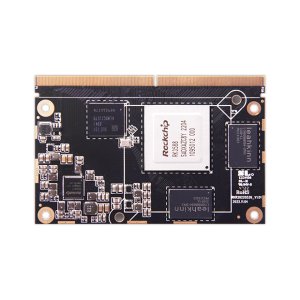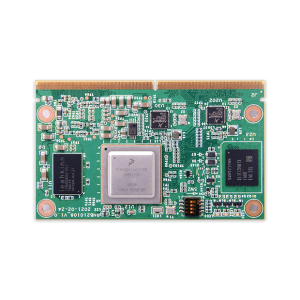What Is a Computer on Module (COM) and How It Benefits Embedded Systems
What Is a Computer on Module (COM) and How It Benefits Embedded Systems
Blog Article
Edge processing has appeared as a revolutionary development in the computer market, enabling quicker knowledge control and paid off latency by getting computational power nearer to wherever information is created. A vital innovation advancing this transformation is the rise of module computer which are compact, successful, and versatile research models designed to integrate seamlessly into personalized hardware systems.

The Position of Computer on Modules in Edge Computing
Pc on Adventures have grown to be vital in side computing because of the capability to improve electronics style while sustaining strong control capabilities. According to a recent report by MarketsandMarkets, the international side research market is projected to develop from $40.84 million in 2021 to $132.11 billion by 2026, with COMs playing a substantial role in that expansion.
These modules are specially impactful in industries requiring real-time information examination at the edge. For instance, the transport market uses COMs in autonomous vehicles for real-time decision-making, while intelligent cities deploy them to handle systems like traffic flow and energy distribution.
Small and Versatile Design
One of the standout features of Computer on Segments is their small and modular design. This allows developers to include high-performance computing power in to side products without the need for extensive hardware redesign. A review by IoT Analytics unearthed that 68% of organizations employing IoT solutions consider modular hardware like COMs important for quick arrangement and scalability.
COMs also help tailor-made options, making them suitable for a wide variety of applications, from commercial automation to healthcare. Their capability to adjust to particular needs is really a driving force behind their ownership in side research systems.
Energy Efficiency and Performance
Side processing products often perform in surroundings with confined energy resources. COMs handle this problem by providing optimized energy efficiency without reducing on computational strength. A study by Allied Industry Research highlighted that energy-efficient side research options are expected to take over the segment through 2030, placing COMs as a crucial aspect for reaching that goal.
Furthermore, with developments in processors and integrated design, COMs now offer the efficiency required for AI-driven purposes at the edge. That not just improves real-time functions but also reduces dependence on centralized cloud systems.
Why the Future Belongs to COMs
With global data technology estimated to reach 175 zettabytes by 2025, edge computing is set to be essential than ever. Pc on Segments offer an adaptable, energy-efficient, and scalable alternative for running that influx of data. Their relevance across diverse sectors like healthcare, manufacturing, and telecommunications only underscores their essential role in surrounding the future of side computing.
COMs are no more merely a scientific tendency; they are the backbone of next-generation edge techniques operating development and performance across the globe. Because the need for side processing keeps growing, therefore will the significance and influence of COMs in that quickly developing landscape. So, it's safe to state that Computer on Adventures are here to stay and can keep on shaping the continuing future of side computing.

Conclusion
Edge research is transforming just how we method and utilize data, with Computer on Segments at the forefront of the revolution. Their small design, usefulness, energy efficiency, and efficiency make them a perfect answer for control real-time knowledge at the edge. As industries increasingly depend on edge computing because of their operations, COMs will play a crucial position in operating creativity and effectiveness in these systems. Report this page